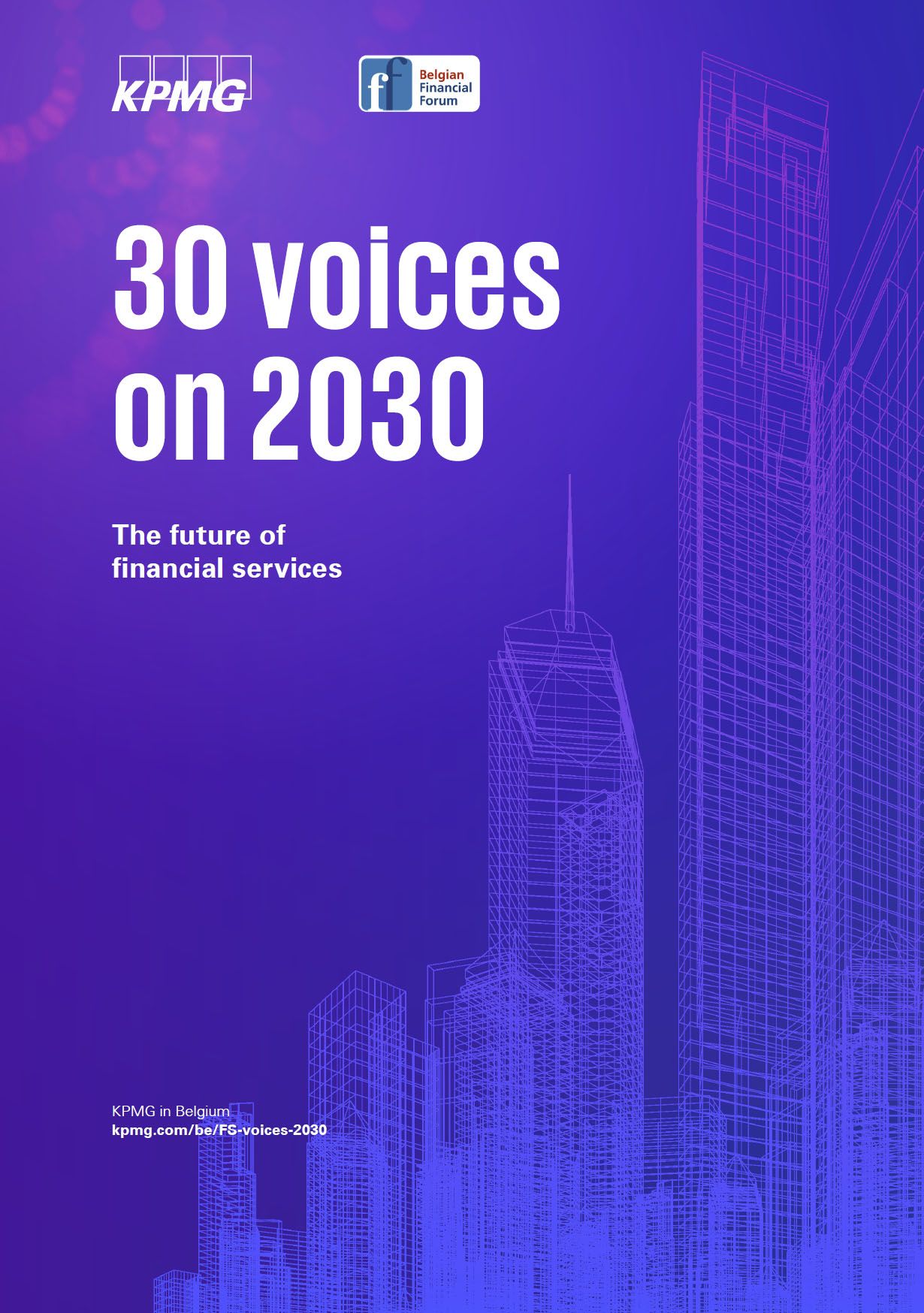Trends come and go, also in the insurance sector. You can never follow them all and you don‘t even have to. What is important, is to carefully pick out the trends that are of interest to your company and that will give you a competitive advantage. For Bart De Smet of Ageas, that is a good part of the job of a skillful leader.
I remember that in a strategic exercise we did in 2012, we identified the driverless car as one of our top priorities. As an insurance company, we were of course very interested in how that technology would evolve and, at the time, everyone was convinced that driverless cars would be a reality very soon. Almost two decades have passed and the breakthrough of the driverless car has still not happened. It is a good example of how technological changes are often much more than about technology alone. What about affordability? When will such a car come within the reach of the average citizen? What about the surrounding infrastructure, such as connectivity? Not to mention all the legal and regulatory prerequisites involved. To put it bluntly: making predictions is rarely a science.

Bart De Smet
Chairman AGEAS
Artificial intelligence
What we estimated quite well, is the impact of artificial intelligence, a trend that itself is based on a combination of technological progress and changing consumer behavior. This has really enabled us to anticipate potential customer needs. AI also plays a major role in pricing, underwriting and claims handling. After a car accident, for example, the damage is filmed, and that footage is analyzed by computers. This not only helps in fighting fraud (has the damage already been reported?), but also in handling the claim. The system itself will suggest whether the car should be repaired, or the part should be replaced and at what cost. The speed and quality of the settlement of cases are thus much higher than before.
AI therefore has its merits, but it also has its weaknesses. The information bubble it brings is very real, it influences opinion forming and creates polarization in opinions, for example in the way newspapers and websites use catchy titles. My daughter-in-law never gets to read articles on the pension debate. Technology thus influences people‘s own thinking and creativity, which is why legislators and society itself should pay very close attention to it.
Partnerships
It is also clear that the importance of ecosystems, partnerships and collaborations is much greater, now that competition is fiercer and more scattered than ever. As an insurer, you have to offer a much broader customer proposal than just “pay a premium in exchange for a sum of money when you have a claim.” The service is so important, because people don’t want the hassle of dealing with an insurance company. Thanks to tech evolution and changing customers’ preferences, the “as-a-service” models flourish. Traditional banks and insurers are focused on one or multiple roles: as niche financial players, participants in an ecosystem, or as “banking/insurance as a service” providers. Banking companies are progressively transforming into digital service providers, sometimes operating within the context of one or more ecosystems enabled by technology companies and their customers.
Physical distribution with a broker remains incredibly important, but its role has changed.

Blockchain
As a sector that deals with a lot of paper, blockchain might play an important role in insurance one day. We are keeping an eye on it, but I have not yet seen the big advantages. In distribution – the role of blockchain is still marginal. The predictions that blockchain would turn the entire distribution model upside down have certainly not come true.
Which does not mean that nothing has changed in distribution, far from it. Physical distribution with a broker remains incredibly important, but its role has changed. Just collecting premiums and drafting contracts is no longer enough. He or she must become a kind of risk manager for the customer, making him aware of potential risks and the ways to protect against them. Then, when the customer is convinced, we switch to a fully digital process.
Evolution, not revolution
In recent years there have been many evolutions in insurance, but no revolution. We have not gone through a complete disruption like, for example, the taxi sector or the hotel business. Not even all the efforts in insuretech have triggered this. Sure, there are many good tech initiatives for certain parts of the value chain, but they often lack the scale to become all encompassing. And that is when cooperation becomes meaningful: they have the technology, we have the clientele and provide the underwriting capacity. What I learned in the last few decades in this business is this: in order to survive you must be a
“smart contrarian.” There is no need to jump on any trend that comes by. Sometimes it is better to stay in your lane and follow your own course.
About the interviewee
After his studies at KULeuven, Bart De Smet (1957) has spent his entire career in the Belgian banking and insurance sector. He held management positions at, amongst others, Argenta, Nationale Suisse and ING Insurance, before he moved to Fortis Insurance Belgium (AG Insurance) in 1998, where he was a member of the executive committee. In June 2009, he became CEO of Fortis, which was renamed Ageas in April 2010. In October 2020, he was appointed non-executive Chairman of the Board of Directors of Ageas.

30 Voices on 2030: The new reality for financial services
Discover more perspectives from 30 Voices representing the multi-faceted financial services industry.
Download full report ⤓




